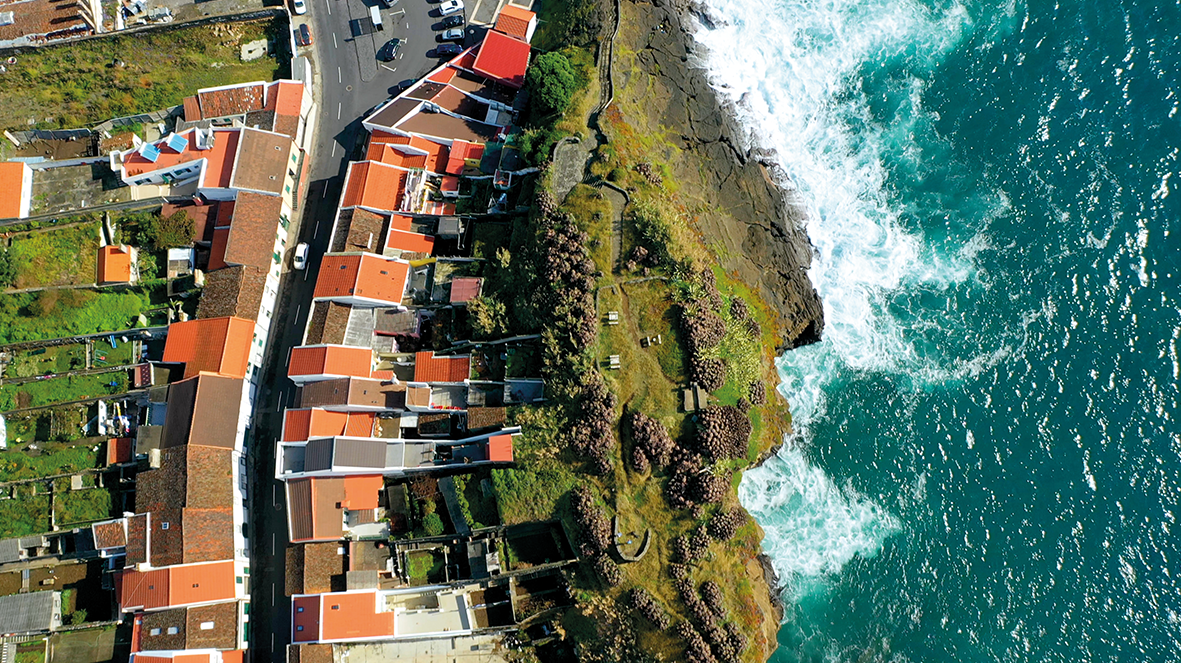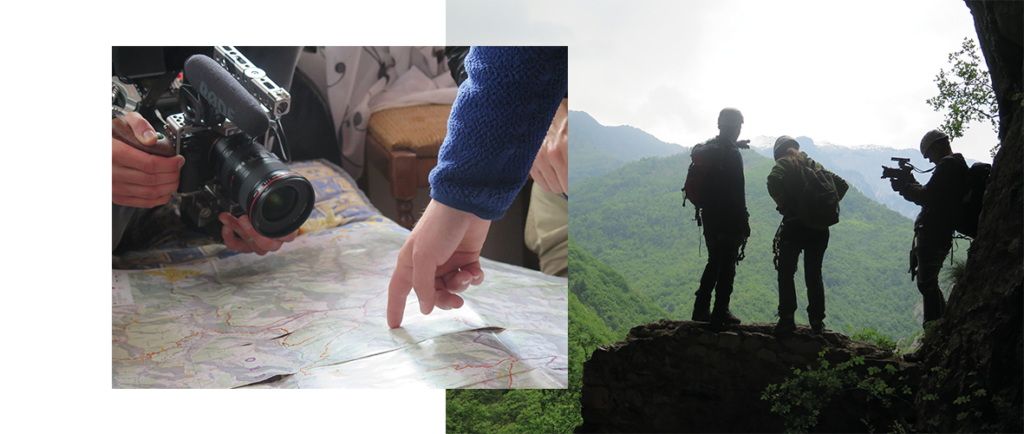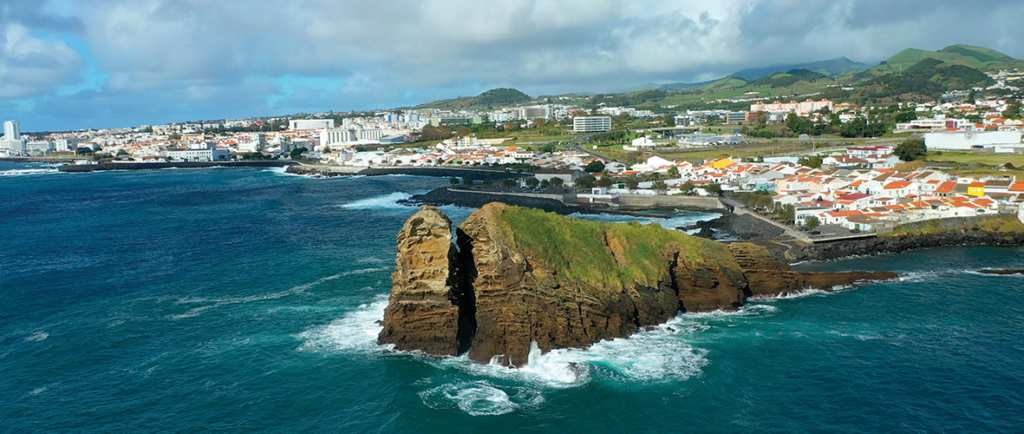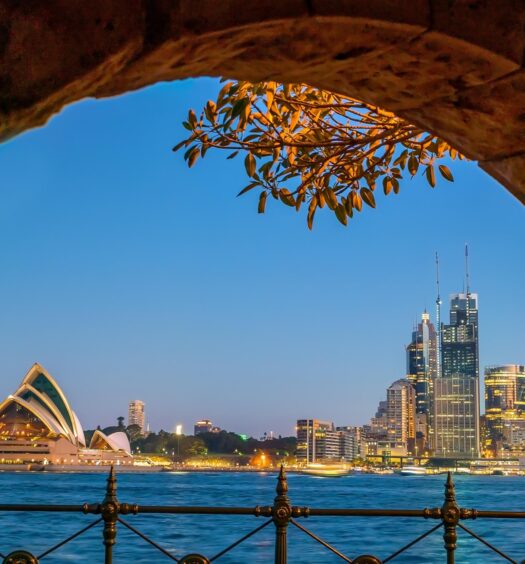Lessons learned from a decade of storytelling and content marketing for the travel industry
With over a decade of award-winning storytelling and content marketing for the travel industry, Rob Holmes, chief strategist of GLP Films, shares insights and best practices in digital content and destination marketing for travel brands in this exclusive Q&A.
Based on your experience producing over 200 films across 40+ countries globally over the last ten years, what are the best content strategies that work for travel brands?
There have certainly been a lot of changes in the digital marketing landscape over the past decade, especially with new platforms and ever-changing trends. From videos and blogs to social media and influencer marketing, each tactic has its strengths but is only effective with a thoughtful strategy.
The one strategy GLP Films has found to be successful across all mediums and trends is authentic storytelling. Research shows that storytelling elicits an emotional response that is more likely to influence behaviour. The modern consumer does not want to be sold to. Consumers want to be informed and inspired, and storytelling is promising to be an effective strategy in content marketing for the travel industry.
What are some of the challenges for destination marketers today?
Terms like “overtourism” are now at the forefront of conversations. By 2030, international tourist arrivals are set to hit a staggering 1.8 billion worldwide. Like any large global industry, tourism can devastate destinations when left to grow freely without strategy, management, or awareness of impact.
Destination managers are now faced with the balancing act of promoting growth while ensuring the longevity and health of the very places that makes a destination attractive. At GLP Films, we are proud to be part of the solution by leveraging marketing strategies such as storytelling to help destination marketers promote sustainable tourism.
How should a destination develop its content strategy to align with sustainable tourism?
First, a destination should look at its existing tourism assets to clearly outline its identity, positioning, and branding within the broader tourism sector.
Second, a destination’s long-term success in today’s highly competitive tourism market depends on its ability to differentiate itself and provide a unique and authentic travel experience. Therefore, destinations should embrace their unique and authentic travel experiences and emphasise the protection of their cultural and natural assets as a core value for the destination and its stakeholders.
Third, once a destination brand strategy is in place, they should develop a strategic and cost-effective storytelling and digital content strategy in order to produce the best content to share these experiences and reach high-value travellers on key digital and social channels.
Ultimately, this authentic content (videos, photos or articles) paired with a targeted distribution strategy will attract the right tourists that will spend more money and stay longer in the destination, while also appreciating, respecting and sharing their rich travel experiences and supporting long-term sustainable tourism growth.
What makes for a great story in destination marketing?
The secret is destinations and travel brands already have great stories—culture, people, food and the environment. Authentic storytelling will elevate your destination or brand, connect with your target audience, and help protect the assets that make your destination unique.
Stunning visuals and traditional advertisements are no longer enough. Travel brands and content producers must think creatively and strategically about how to develop the best content that actually connects with their intended audiences––and that is through storytelling.
So how do you tell a great story? We recommend including four key elements for any great story: character, place, conflict and purpose. These elements will help you craft a compelling story your audience cares about and will remember. Your storytelling should be about the people, cultures, and the experiences that differentiate your destination and help make it uniquely its own, and those four elements will help bring that story to life.
Can you share a recent example of successful content marketing for sustainable tourism?
We recently worked with the country of Georgia to promote its unique adventure and culinary experiences. Our storytelling campaign produced five new videos focused on authentic experiences that could take place anywhere in the destination, therefore dispersing travellers and reducing the risk of overtourism.
The campaign also targeted the high-value, low-impact adventure traveller through strategic distribution with targeted media, influencer and social media marketing.
Ultimately, the campaign resulted in seven million video views, six major media placements reaching those targeted travellers, and a re-positioning of Georgia as a destination rich in culture and adventure travel opportunities while also protecting the very assets that make up its identity.
Do you have any advice for destination marketers for their future content marketing strategies and campaigns?
Who you work with to develop your content marketing strategy and get the word out about your destination is so important. Work with brands, agencies, influencers, writers, or other partners that are invested in your destination’s long-term sustainability and know how to help you identify and strategically share your stories with your target audience.
We challenge you to look beyond just increasing visitors and think strategically about sustainable growth by setting goals that align with the long-term vision for your destination.
GLP Films were the Official Video Partner for Connections Adventure in the Azores, 27-30 October 2019. Take a look at the official event video here.






